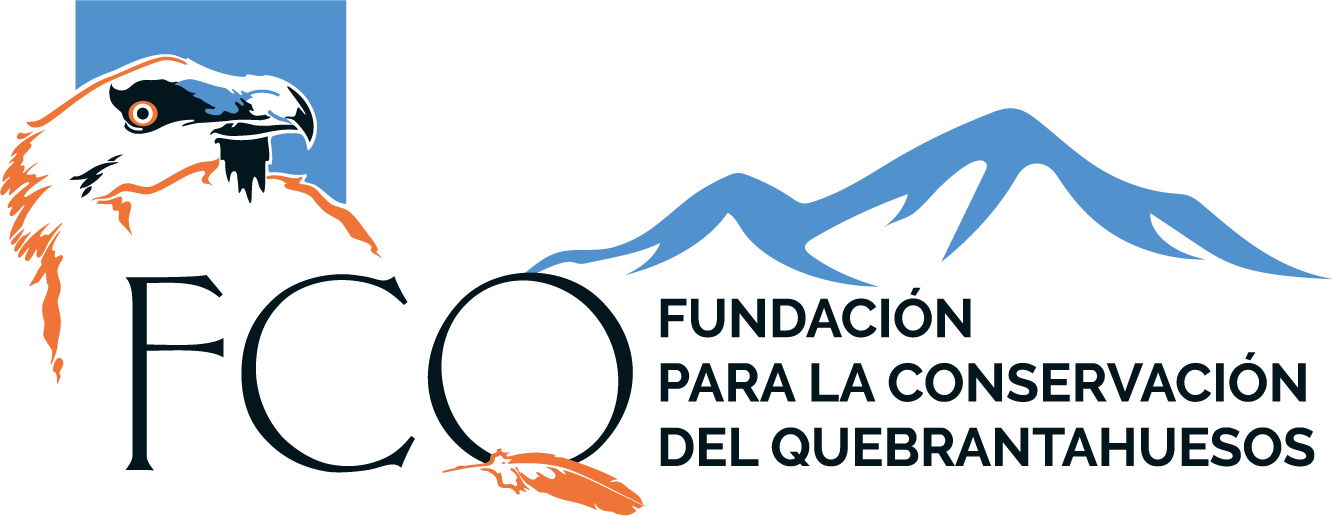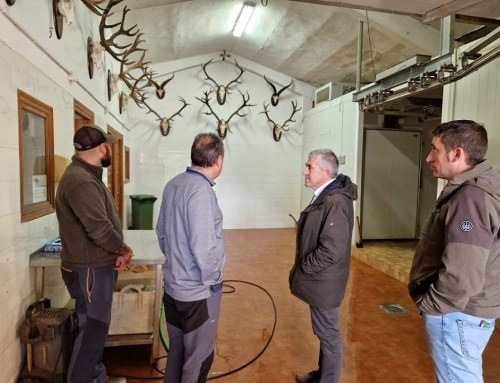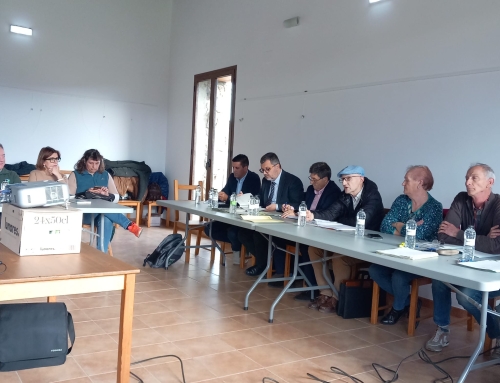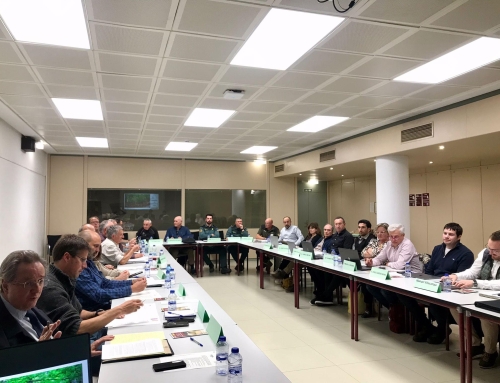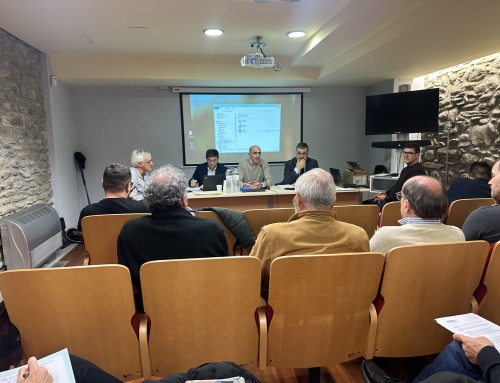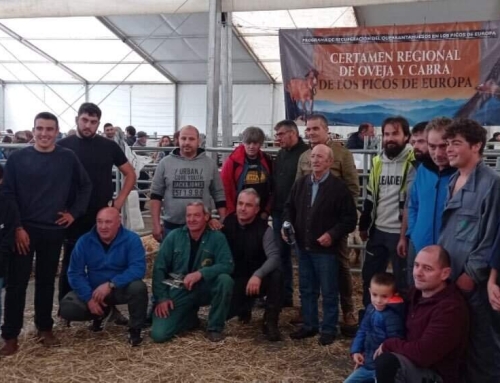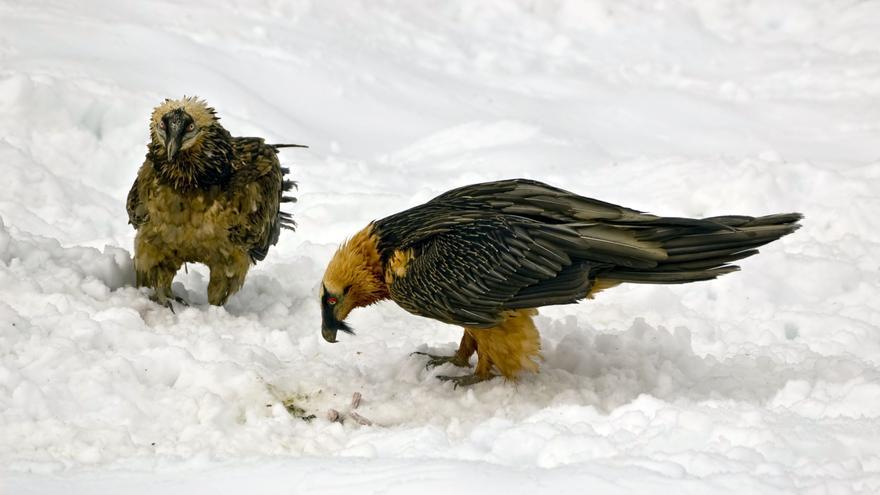
The birth of a bearded vulture has been confirmed in Cantabria, where two pairs are already breeding.
The Foundation for the Conservation of the Bearded Vulture (FCQ) has announced this Tuesday the birth of a chick of this species in the Cantabrian region of Liébana and has confirmed that there are already two breeding pairs in the autonomous community. The technical team of the foundation has verified this week the birth of the bearded vulture in the nest of the pair formed by Jana (born in 2016) and Centenario (from 2017), outside the scope of the National Park of Picos de Europa. It has also located a second breeding unit, formed by Niebla and Biziele, born in 2019 and 2014, respectively, but in the nest they share the incubation process has ended in failure, something usual in first-time pairs. The Foundation highlights, in a statement, the breakthrough that the birth of Liébana represents in the conservation of the bearded vulture, which became extinct in this area in the twentieth century. The two Cantabrian pairs are added to the two located in Asturias, so there are now four in the census of breeding pairs in the environment of Picos de Europa. Two years with “pre-reproductive behaviors” Jana and Centenario have been showing pre-reproductive behaviors since 2022: the selection and defense of the territory, the transfer of wool to prepare the nests and the first copulations. But it has not been until 2024 when the FCQ has been able to confirm the birth, with the collaboration of the natural environment agents of the Government of Cantabria. The Bearded Vulture is included among the endangered species in the “Spanish Catalogue of Threatened Species” and “The Red Book of Birds”. This important milestone in its recovery is framed, according to the foundation, in the Life Pro Bearded Vulture project, which aims at its reintroduction in different mountain areas of the Iberian Peninsula. The initiative is supported by the governments of Cantabria, Asturias, Aragón and Castilla y León, the Ministry for Ecological Transition and the Demographic Challenge and Endesa. A long process As the Foundation points out, the settlement of a species in a territory after its reintroduction is a long process. “Despite the fact that the released young individuals move around the territory and there are numerous interactions between them, it usually takes years before breeding territories begin to form and a pair finally manages to raise its first chick,” it explains. According to the experts, in incipient populations such as that of Picos de Europa, early reproductions are to be expected as there is no territorial competition with already consolidated pairs. This was the case of the female Covadonga in 2022, only 3.5 years old. When selecting a territory for breeding, bearded vultures look for places with abundant food, where they find bone remains of sheep and goats and other wild ungulates. In fact, the two breeding pairs in Cantabria are in the epicenter of the area and the Foundation is working with mountain shepherds to promote extensive livestock farming.
Source:
